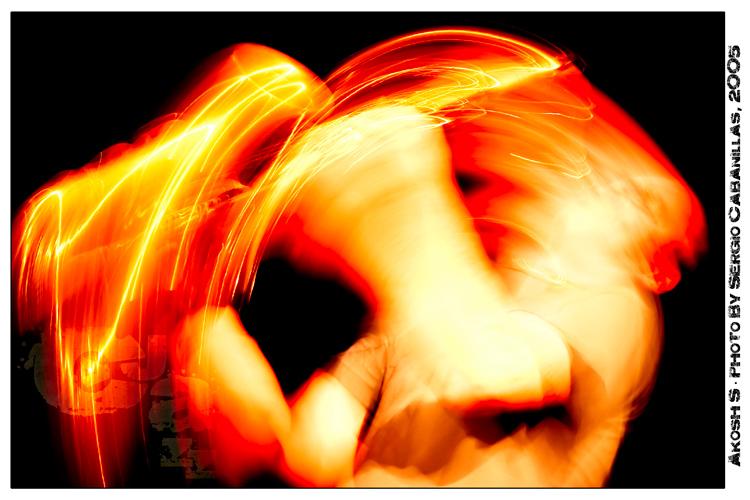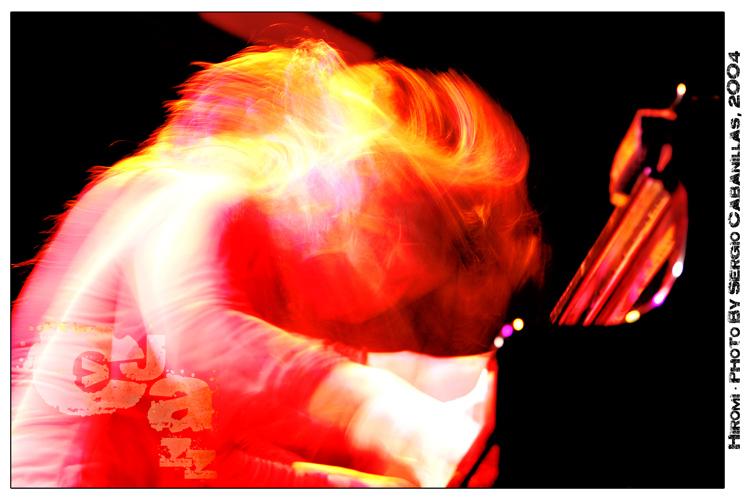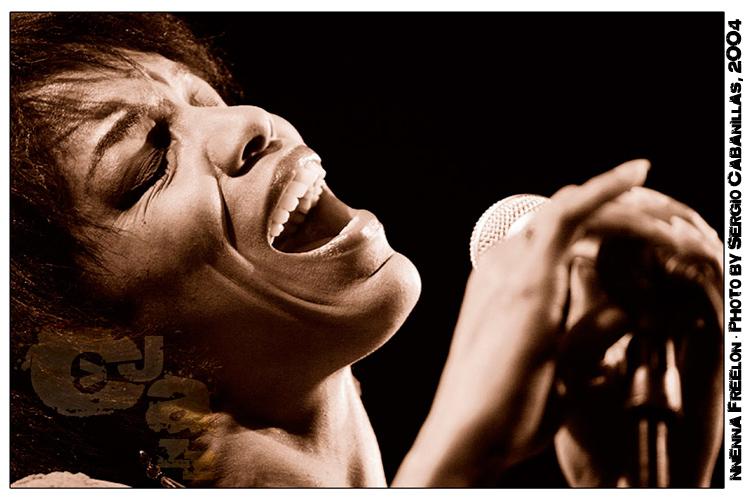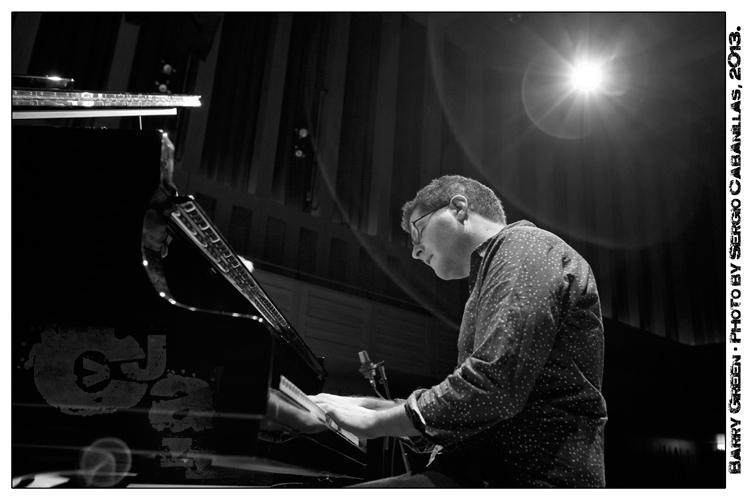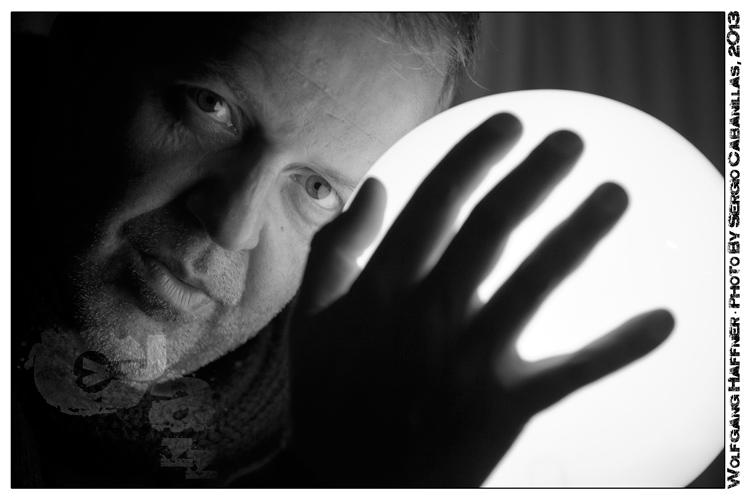15 September, 2014
Date and place of birth:
Madrid, 1975
Place of residence:
Madrid
Website:
How did you ended up in jazz photography, starting from jazz or from photography itself?
I started with the music by ‘Universos Paralelos’ (Parallel Universes), my radio show since 1995, and covering gigs and festivals I got to jazz photography because of my relationship with one of the Spanish masters of this genre: Javier Nombela.
Is jazz your main activity as a photographer?
Yes it is.
Do you have any other activities related to jazz?
Yes. Through the years I’ve been a radio speaker – and still I am-, and I’ve collaborated with the Madrid Jazz Musicians Association in promoting their activities and supporting Spanish jazz players. I’ve also been a producer and a manager for some musicians.
Do you stay in touch with the musicians that you photograph?
I do, with a few. Some of them are old friends and ‘happy customers’ with my photography work, and I’ve supported many others from my radio show.
How important are social networks in your work?
Social networks have become an extremely powerful tool of dissemination and information, although for photography they are a double-edged sword. If photographs are not properly protected –using watermarks, for instance-, our work can be indiscriminately and dishonestly used by unprincipled people that believe that anything uploaded to the networks doesn’t belong to anyone, so it is justified to use it freely anyway they want, even for profit.
In jazz words, how would you label your most recent work: mainstream, fusion, free, avant-garde…?
It sometimes depends on what I hear as I shoot, but I could separate my work in two different trends: mainstream and free-avantgarde.
Can you tell me 3 features of jazz photography that make it so interesting to your eyes?
Like this music itself: freedom, emotional intensity and the uniqueness of each moment.
Do you think that there’s a relationship between the quality of the music in a concert and the quality of the photographs you take there?
Not necessarily. Some concerts don’t motivate me musically, but they have great light and provide excellent pictures, others are heart-touching but the lights are lousy and you can hardly get any nice pics. When music and light are excellent, the feeling and the resulting photographs reach higher places, no doubt about it.
What side of jazz photography is more attractive to you, the creative side or being a jazz reporter?
I believe jazz photography is not complete with both. The perfect example is master Herman Leonard. Photography is a form of art as jazz is, they both search for beauty, so I can’t just shoot to capture ‘who’ is playing –just to report it-, because if you feel jazz, the music makes you go further and put something special into it, to capture the beauty of what you’re listening. On the contrary, I cannot just get a nice picture, good framing, beautiful light, strong expression... and forget who is playing, his career, his influences, what the musician is trying to express and his musical background. I also think that we, as jazz photographers, have also the responsibility for disseminating the music we love and bring more people into it through our passion, and that’s also why I cannot separate a beautiful jazz picture from the name and history behind the musician portrayed.
Some so called ‘jazz festivals’ diversify their offer in favor of other styles of music. Do you think that this trend is a thread for the consistency of jazz photography?
It may. According to the working conditions, this diversification of genres has brought to jazz events some of the absurd time (and even light) restrictions imported from other –more business-oriented- music events like pop o rock. That obviously makes our work as jazz photographers –as we are not the standard press reporters- much harder and uncomfortable.
Can you recommend a contemporary jazz photographer?
I could recommend a few dozens... many of the most interesting jazz photographers today show their work in FB group Jazz Photographers. You can discover and enjoy someone new every day, jazz photographers from USA, France, Spain, Italy, Netherlands, Russia, Turkey, Argentina...
Thanks, Sergio.


